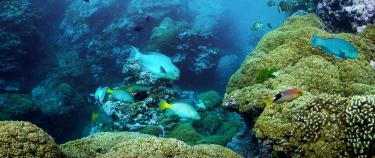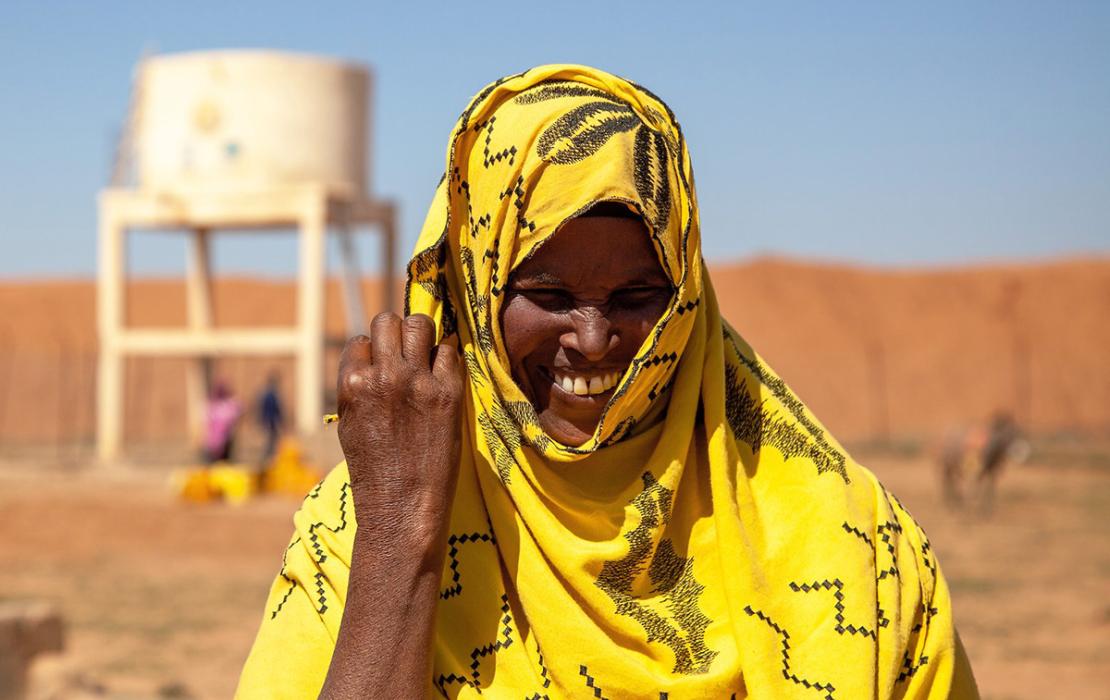0.00%
Share of global GHG emissions
Based on data from Climate Watch (CAIT 2019), developed and maintained by the World Resources Institute. N/A
Climate Vulnerability Index ranking
A higher number means a higher vulnerability to climate change. Based on the ND-GAIN Index (2020), developed by the University of Notre Dame. #136
Human Development Index ranking
A lower number means a better human development score. Based on the Human Development Index (2021), developed by UNDP. NDC Status
Kiribati submitted its first updated NDC in March 2023.
- The country commits to two mitigation targets in its updated NDC: 1) Reducing its GHG emissions by 9.5% unconditionally and 16.7% conditionally by 2025 compared to business as usual, and to an unconditional carbon sequestration/sink of 0.16ktCO2 in 2025; 2) Reducing its GHG emissions by 8% unconditionally and 23.8% conditionally by 2030 compared to business as usual, and to an unconditional carbon sequestration/sink of 0.15ktCO2 in 2030.
- The updated NDC also provides in detail the Kiribati Joint Implementation Plan strategies which aim to increase resilience through sustainable climate change adaptation and disaster risk reduction using a whole-of-country approach.
Mitigation areas in the NDC:
- Energy
- Waste
- Agriculture
- Land Use, Land-Use Change and Forestry (LULUCF)
Adaptation and resilience areas in the NDC:
- Agriculture
- Fisheries
- Water
- Biodiversity and Ecosystems
- Health
- Energy
- Infrastructure
- Disaster risk management
- Transportation
- Coastal areas
- Ocean ecosystems
- Mangrove forests
Latest Publications
See allThe Asia-Pacific region covers a wide geographical area, with diverse landscapes, societies, cultures, religions and economies. Of the 41 countries…




